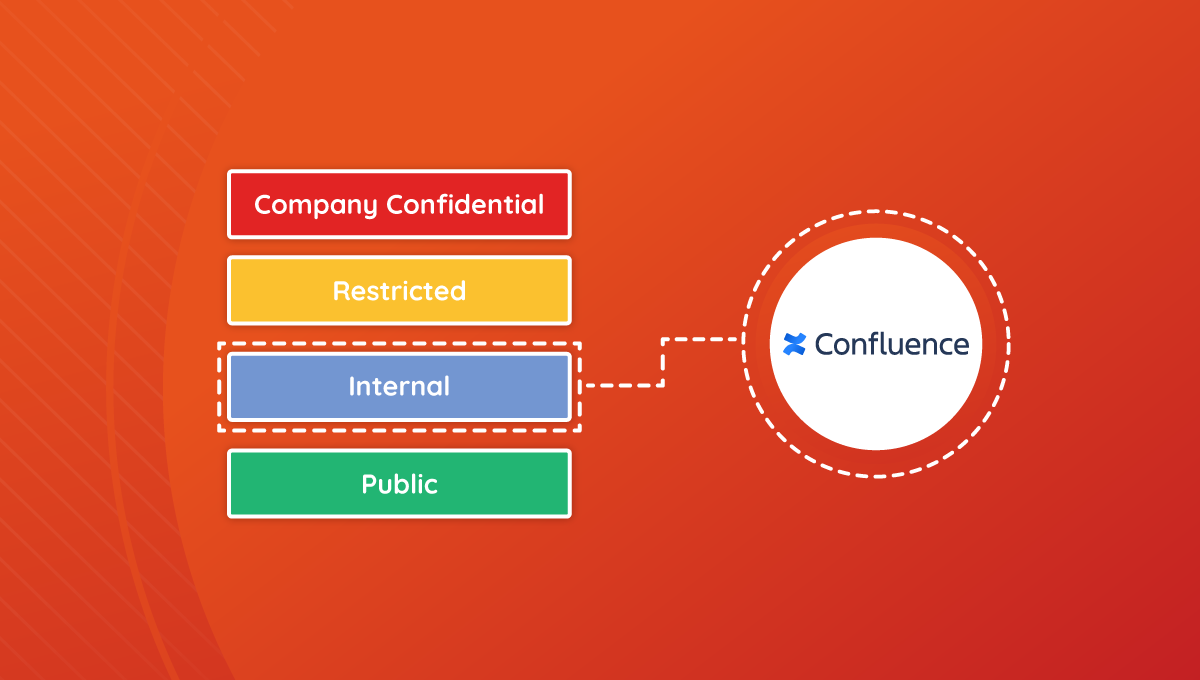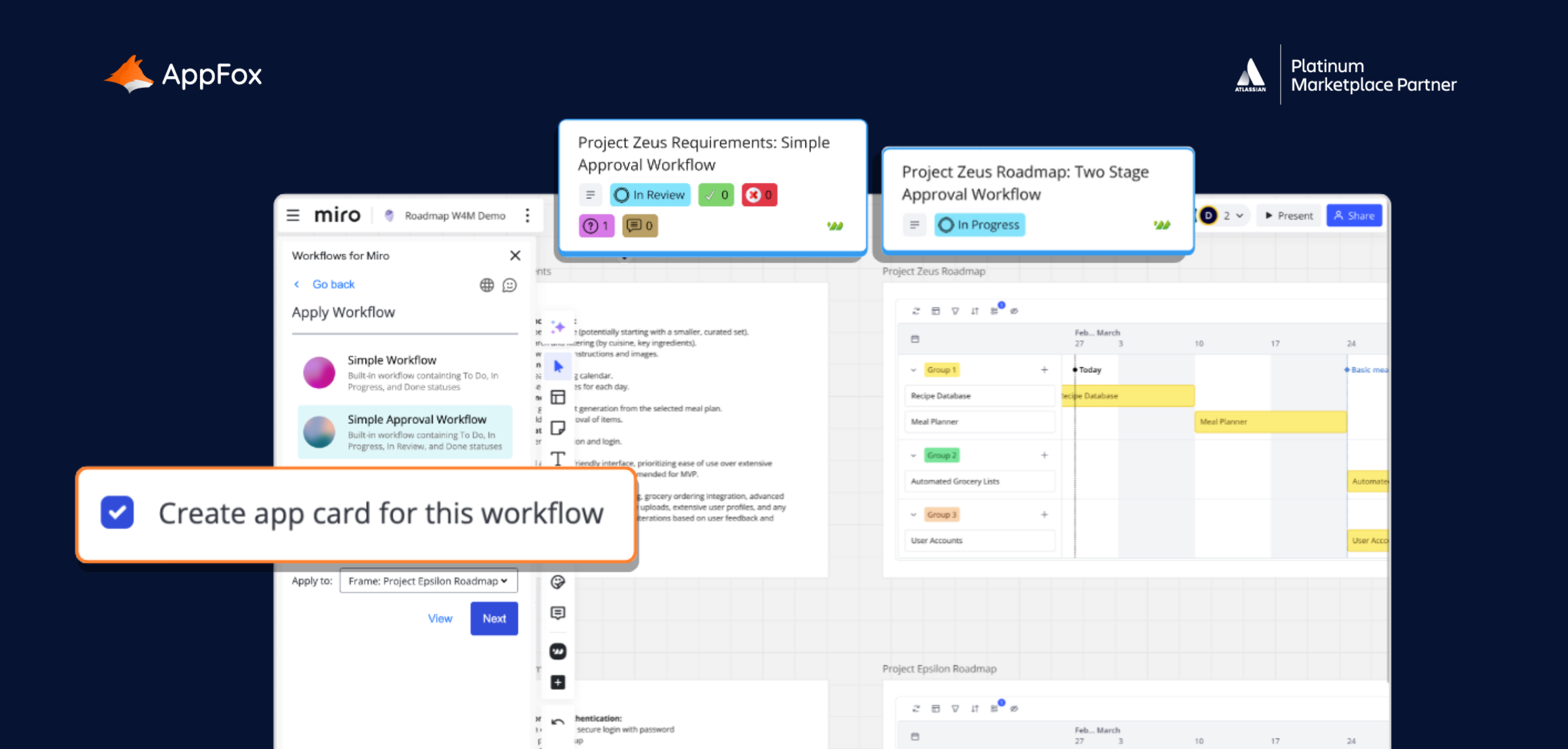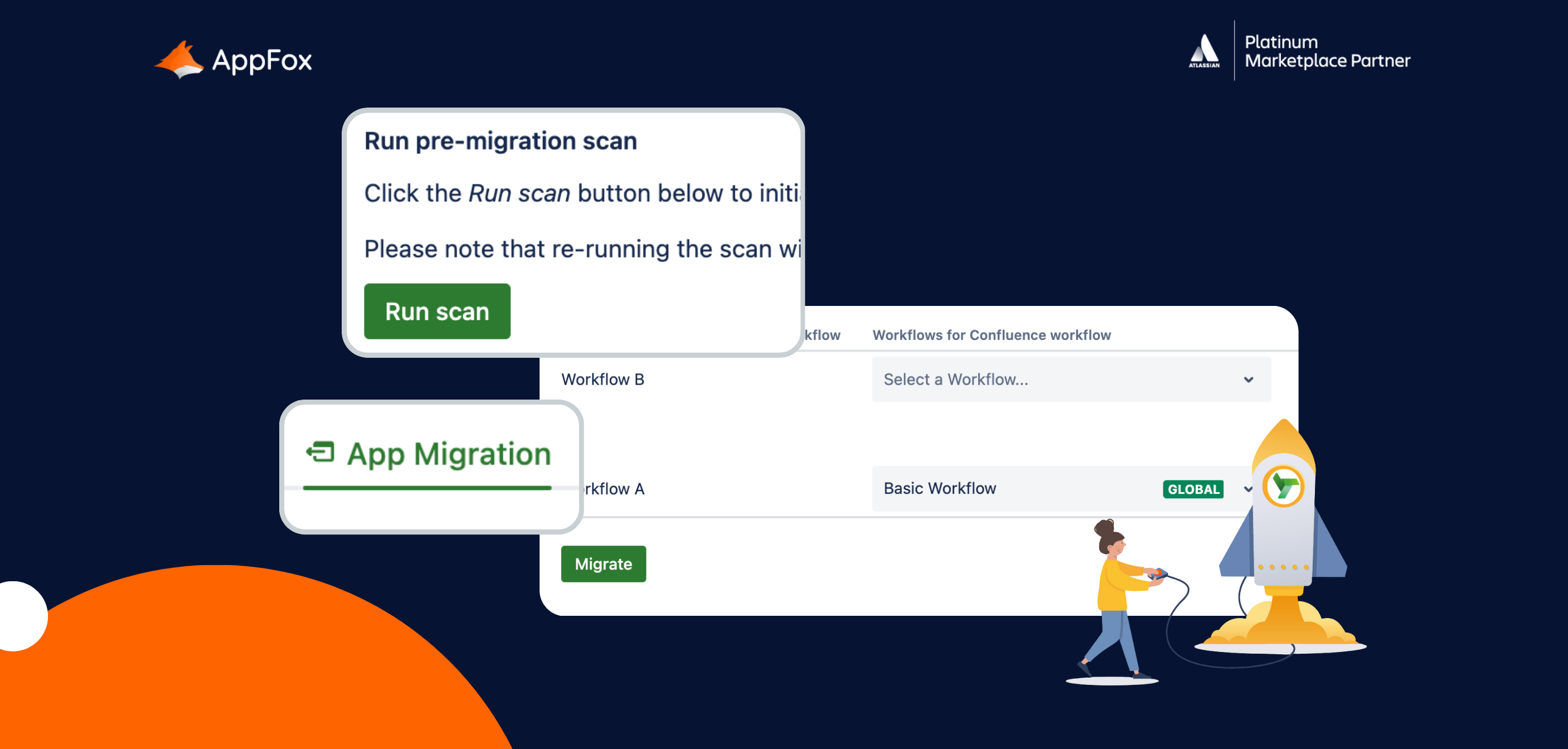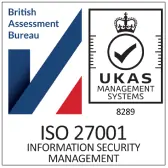As your teams create, manage, and share information on a daily basis in tools such as Confluence, it can be difficult to keep track of the different types of information and ensure it is adequately protected.
In a digital world filled with rules and regulations about how data should be managed, it’s more important than ever that your data protection strategies are robust, easily understood by employees, and manageable.
Data classification can play a critical role in your data protection strategy, and it will help you better organize content into pre-defined categories, each with their own required level of protection.
When it comes to Confluence, it can be difficult to apply data classification to your pages without a tool like Compliance for Confluence. Sure, you could use the native labels and macros, but that lacks centralized control for your admins and may not scale as well as you need.
Data classification in Confluence is made super easy by Compliance, and today we’re announcing some exciting improvements that will make the process of data classification even more robust on your Confluence site.
Introducing Default Data Classification for Confluence pages.
What is Default Classification?
The Default Data Classification feature allows you to pre-select a classification level for any newly created page across Confluence or in specific Spaces. Once the page is created, the classification level will be applied automatically without the page owner/creator needing to do anything.
This feature brings a number of benefits that will make a big difference to your data protection strategies:
- It eliminates the risk of pages being left unclassified through human error or your teammates forgetting to classify their content
- It brings greater structure to how data classification is applied in your Confluence instance
- Enables you to align the data classification structure in Confluence to your data protection policies
- Reduces the burden on your data security and admin teams by centrally managing the pre-selected classification level for pages
Data classification has been a popular feature in Compliance for Confluence for many years now, and this update, along with the recently announced Enforce Classification, enables you to apply data classification in a more robust way.
How does Default Classification work?
Whilst Compliance for Confluence comes with a bunch of cool features, the foundations are built on data classification levels.
As an admin, you can easily create custom classification levels for use across your Confluence instance, either at the global level (across the entire instance) or for specific spaces. However, until now, users had to select the classification level for their pages manually.
This worked well in many cases and gives your users the autonomy to choose the right classification level for their content, but it does rely heavily on people remembering to choose the classification level. Default Classification removes this risk.
It enables you to select a Default Classification level for the entire Confluence site (globally) or choose specific classification levels for specific Spaces if you need a more tailored approach.
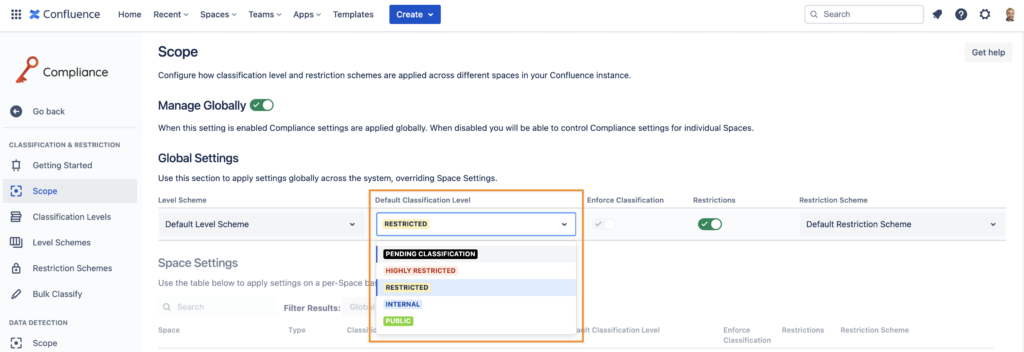
We’re delighted to share that this feature is available on our Cloud and Data Center version of Compliance for Confluence. However, due to the different designs of the Cloud and Data Center versions, be sure to check out the specific user guides (listed below) to learn how to access and configure Default Classification in your Confluence site.
- Guide: Using Default Classification in Confluence Cloud
- Guide: Using Default Classification in Confluence Data Center
Who can use it?
As with most of the features in Compliance for Confluence, Default Classification can only be activated and configured by Confluence administrators. This is to ensure your approach to data protection in Confluence is managed by your admin team for greater control and easier oversight.
Take data classification to the next level in Confluence
Data classification is a powerful tool in your data security and protection armory, allowing you to better organize and categorize data based on its contents and required protection.
With Compliance for Confluence by your side, you can bring a robust and centrally controlled data governance framework to your Confluence site. There are plenty more exciting features on the horizon, so if you have not tried out Compliance yet, you can get a free 30-day trial via the Atlassian Marketplace.
If you have any questions about the Default Classification feature, please reach out to our Support team who will be happy to help.
